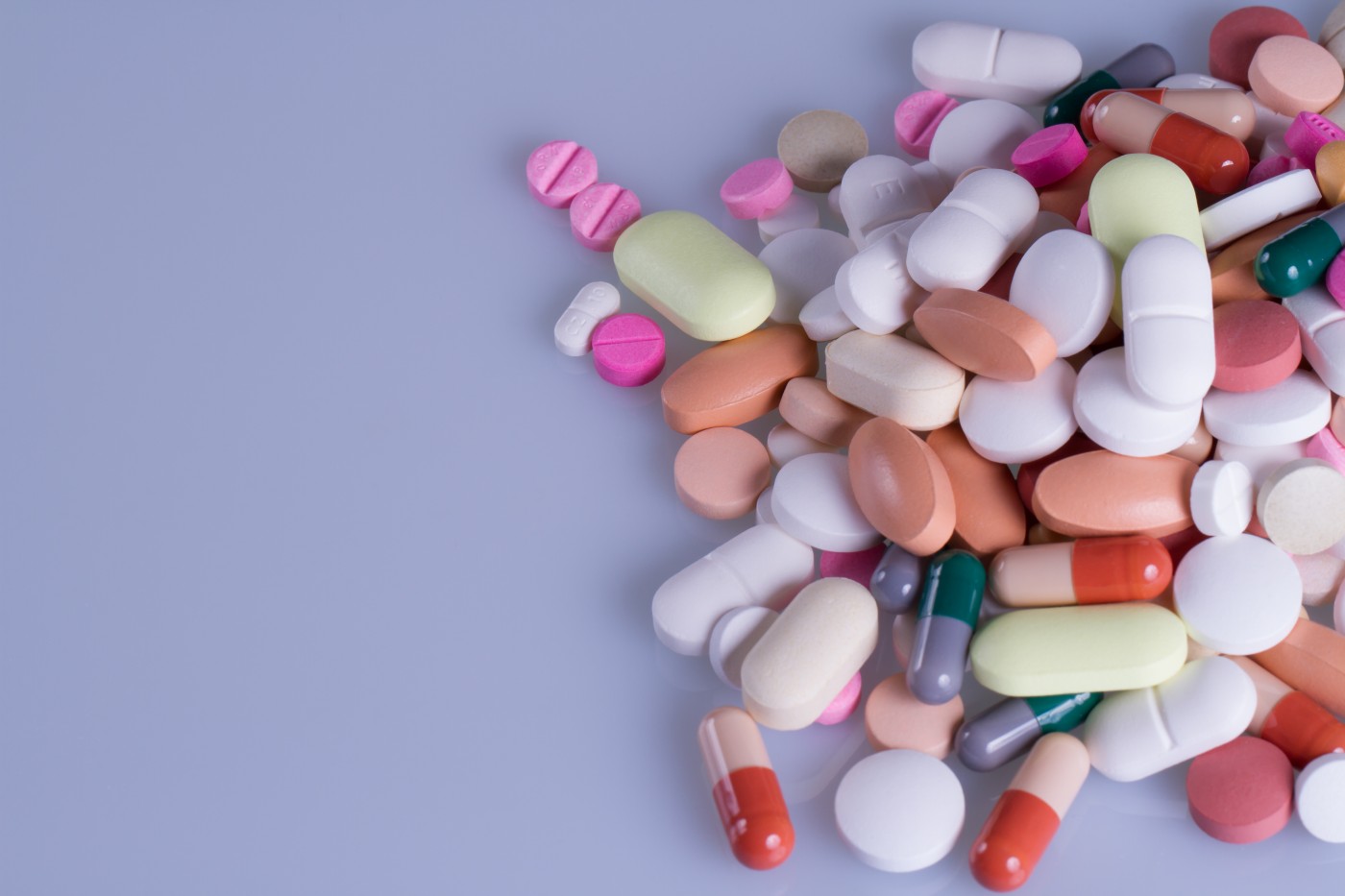 A study published in the journal Cell Cycle revealed a new mechanism by which breast cancer cells resist to drug treatment. The study is entitled “Receptor tyrosine kinase ERBB4 mediates acquired resistance to ERBB2 inhibitors in breast cancer cells” and was conducted at Dartmouth’s Geisel School of Medicine and Norris Cotton Cancer Center in Lebanon and Hanover, New Hampshire.
A study published in the journal Cell Cycle revealed a new mechanism by which breast cancer cells resist to drug treatment. The study is entitled “Receptor tyrosine kinase ERBB4 mediates acquired resistance to ERBB2 inhibitors in breast cancer cells” and was conducted at Dartmouth’s Geisel School of Medicine and Norris Cotton Cancer Center in Lebanon and Hanover, New Hampshire.
The receptor tyrosine kinase ERBB2 gene is known to play an important role in the development of aggressive types of breast cancer, and is associated with increased recurrence. Therapies have been developed against ERBB2 but usually patients develop resistance to the treatment.
“Approximately 25% of breast cancers overexpress and depend on the protein ERBB2 for survival,” said the senior author of the study Dr. Manabu Kurokawa in a news release. “Current therapies take advantage of this by using targeted drugs such as Trastuzumab or Lapatinib to specifically inhibit ERBB2, but eventually they become ineffective as the cancer develops resistance to those drugs.”
The team investigated new therapies for the treatment of ERBB2-positive breast cancers that developed resistance to drugs targeting ERBB2. The link between ERBB4, another member of the ERBB family, and breast cancer is dubious with some studies suggesting that there is no link between the two whereas others propose that ERBB4 has anti-proliferative activity in cancer cells. The research team now found that in cancers resistant to ERBB2 drugs, ERBB4 in fact assumes the role previously played by ERBB2. “We have shown that when ERBB2-positive breast cancers develop resistance to anti-ERBB2 drugs, they shift their dependence from ERBB2 to ERBB4, which acts as a new driver of cancer survival and proliferation,” explained Dr. Kurokawa.
[adrotate group=”3″]
The researchers tested individual ERBB members and found that only suppression of ERBB4 resulted in the death of lapatinib- and also trastuzumab-resistant cancer cells. In addition, protein levels of ERBB4 were higher in ERBB2-positive breast cancer cells resistant to ERBB2 inhibitors both in cell culture assays and in mice.
“Identifying a cancer driver is crucial for cancer treatment because it allows the use of targeted therapies, which have less side-effects than conventional chemotherapy drugs, against a particular protein,” said Dr. Kurokawa. The finding that ERBB4 plays a crucial role for the survival of ERBB2-positive cancer cells resistant to ERBB2 inhibitors, suggests that anti-ERBB4 drugs could represent a new therapeutic approach for patients that no longer respond to ERBB2 inhibitors.
The team’s next goal is to clarify how ERBB2-positive breast cancers alter their dependence from ERBB2 to ERBB4. One possible way is through the PI3K/AKT pathway, which is involved in the regulation of several biological processes such as cell survival, proliferation and growth.

